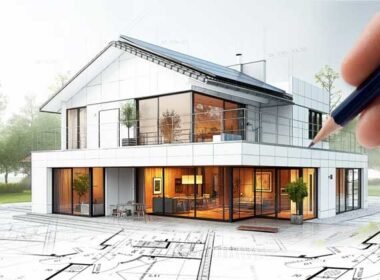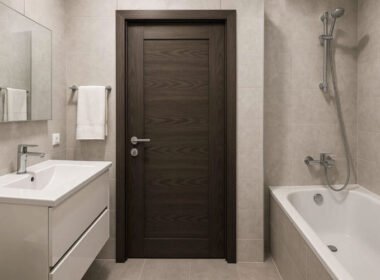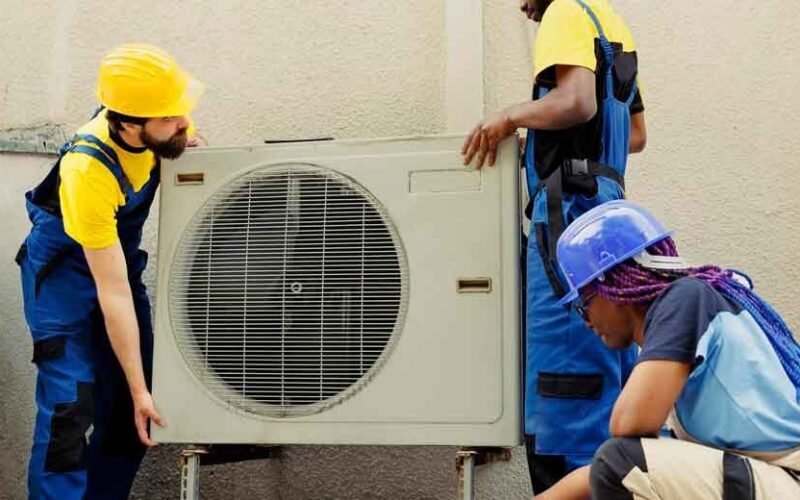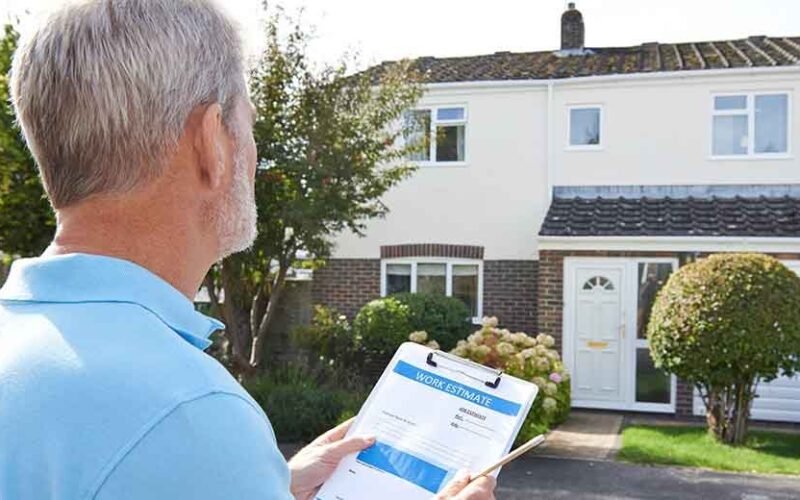Installing an air conditioning system is more than just a one-time home improvement—it’s an investment in year-round comfort and indoor air quality. Reliable cooling systems are becoming increasingly essential with rising temperatures and changing seasonal patterns. Whether it’s a new construction project or an upgrade for an older property, proper installation lays the foundation for how effectively and efficiently the system operates. If done carelessly or without attention to detail, it can lead to poor airflow, rising energy bills, or uneven cooling. Understanding the impact of installation quality helps homeowners make smarter, longer-lasting decisions.
Factors that affect long-term system performance
- Sizing the System for Maximum Efficiency
Choosing the right air conditioning unit for a home begins with accurate sizing, which directly influences performance and energy consumption. A unit that is too small will struggle to maintain the desired temperature, running constantly and wearing out prematurely. On the other hand, a too large unit may cool the space too quickly without properly removing humidity, leaving rooms feeling damp and uncomfortable. This balance depends on various factors, including square footage, insulation, ceiling height, window size, and even the home’s orientation to the sun. Professional installers use load calculations to determine the proper capacity required. Skipping this step or relying on guesswork can result in costly errors that impact the system’s lifespan and monthly utility costs. Thoughtful sizing also improves indoor air quality by allowing the system to cycle correctly and filter pollutants effectively. Making the correct choice upfront avoids the need for costly retrofits or repeated maintenance calls down the line.
- Installation Practices That Impact Efficiency
Once the appropriate system is selected, the installation process becomes the defining factor in how well it functions. Proper placement of the indoor and outdoor units affects airflow, noise levels, and temperature consistency across rooms. If ducts are used, they must be sealed tightly and insulated to prevent leaks that waste energy and reduce system performance. Electrical connections, refrigerant lines, and drainage systems require careful setup to avoid future failures. One overlooked connection or a misaligned component can lead to malfunctions or water damage. A reliable Denver air conditioning installation service can help ensure every component is installed according to manufacturer standards and local building codes. Before completing the job, technicians check thermostat accuracy, airflow patterns, and refrigerant levels. By treating installation as a precise process rather than a routine task, homeowners are rewarded with better efficiency, quieter operation, and a longer-lasting system.
- Air Distribution and Indoor Comfort Balance
Even with a high-quality unit, the effectiveness of cooling depends on how air is distributed throughout the home. Uneven temperatures between rooms often result from poorly designed ductwork, incorrect vent placement, or blockages. These issues should be addressed during installation to create a balanced airflow that consistently reaches every space. Duct systems must be clean, well-sealed, and properly routed to support the new unit’s capacity and pressure levels. If an older duct system is being reused for a new installation, it should be evaluated for compatibility. Often, existing ducts are undersized or damaged, and using them without modification reduces the performance of even the most efficient equipment. Air handlers and return vents should also be installed to accommodate the expected air volume and reduce strain on the unit. Fine-tuning these details ensures that cooling is delivered evenly, avoiding common complaints like cold spots in one room and warm areas in another. This comfort balance is key to achieving the full value of an upgraded cooling system.
- Smart Technology and System Integration
Modern air conditioning systems often come with smart technology for remote control, scheduling, and automated temperature adjustments. Integrating these features during installation makes it easier for homeowners to manage their energy usage while enhancing day-to-day comfort. Smart thermostats can learn usage patterns, adjust based on outside temperature, and even send alerts for maintenance. Installing this technology requires more than just plugging in a device—it involves syncing the thermostat with the system, ensuring compatibility with electrical components, and configuring Wi-Fi settings for stable connectivity. Homes with zoning systems also benefit from digital dampers and sensors that can be programmed to cool specific areas at different times. This level of control helps reduce wear on the system and lowers energy consumption. When installers takethe time to set up these features correctly, users gain immediate value and improved system performance. Long-term benefits include reduced energy bills and greater control over the home’s internal environment.
- Preventing Future Issues Through Proper Setup
Many air conditioning problems can be traced back to poor installation, including refrigerant leaks, electrical shorts, or inadequate drainage. Taking the time to complete a detailed and accurate installation reduces the chances of these problems surfacing. Technicians should conduct pressure tests, verify refrigerant levels, and ensure condensate lines are securely connected and sloped correctly. These steps are sometimes skipped during rushed installations, but they are vital to system longevity. Proper support brackets, vibration pads, and access clearances also ensure that the unit remains stable and accessible for future maintenance. Additionally, having a clear installation record makes it easier to troubleshoot problems if they do arise. When all parts of the installation are done with care, the result is a more resilient system that functions reliably for many years. This upfront diligence prevents breakdowns and builds trust between the homeowner and the service provider.
- Long-Term Value of Quality Installation
A properly installed air conditioning system is more than a cooling solution—it’s a long-term improvement to a home’s comfort and energy efficiency. The initial investment is justified through lower maintenance costs, fewer breakdowns, and consistent performance through changing weather conditions. Homeowners also benefit from better air quality, quieter operation, and increased resale value. Installing an air conditioning system with attention to detail helps ensure it operates as designed, supports smart home features, and adapts to a household’s evolving needs. By choosing quality over shortcuts, individuals secure a system that delivers value long after the first warm day of the season. A dependable installation doesn’t just keep the house cool—it brings peace of mind with every degree of comfort maintained inside the home.










